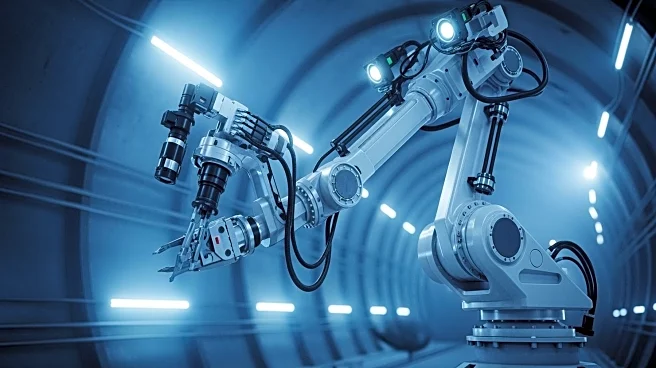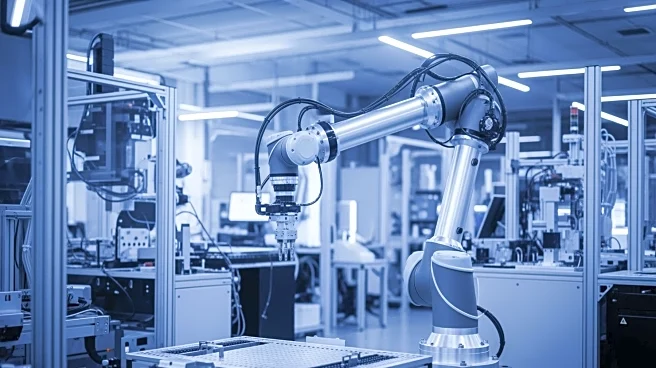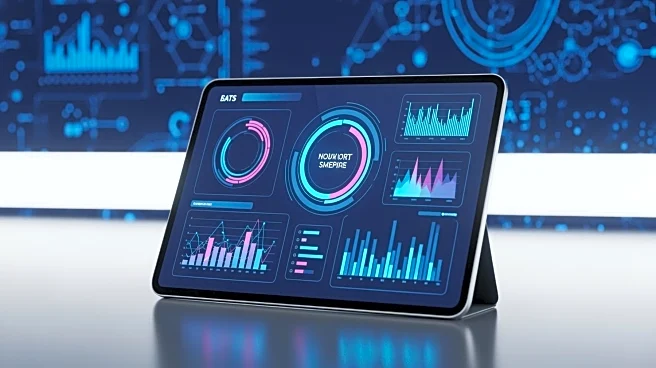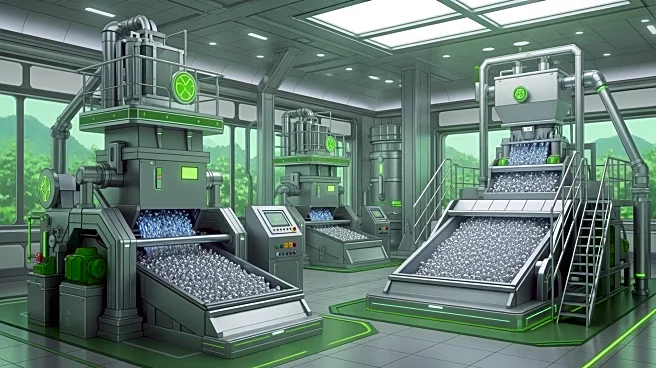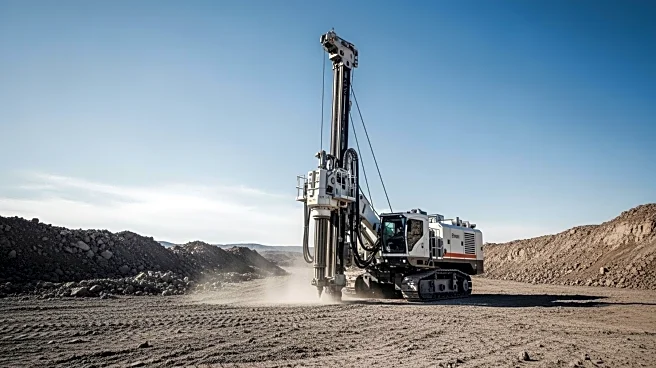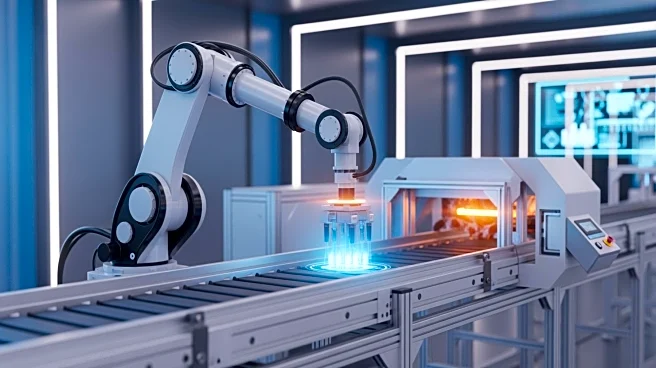What's Happening?
The mining industry is facing an urgent need to adopt new technologies due to a surge in demand for critical minerals such as copper, lithium, nickel, and rare earth elements. This demand is driven by the global transition to renewable energy and the electrification
of mobility. Industry leaders emphasize the necessity to extract as much copper in the next 22 years as has been produced throughout human history to meet transition targets. The sector is also challenged by declining ore grades and exploration success rates, which increase operational costs and energy usage. To address these challenges, the timeline for technology adoption in mining has been significantly compressed, with implementation cycles reduced from 10-15 years to as short as 3-5 years for proven digital solutions.
Why It's Important?
The accelerated adoption of technology in mining is crucial for meeting global clean energy transition deadlines and addressing supply bottlenecks for essential minerals. As ore grades decline and exploration success rates fall, traditional mining methods become uneconomical, necessitating more sophisticated techniques. The integration of technologies such as artificial intelligence, machine learning, and automation can enhance productivity, safety, and environmental compliance. Companies that fail to adapt quickly risk operational and reputational setbacks, as stakeholders demand sustainable resource management. The mining sector's ability to innovate rapidly is vital for supporting economic growth and achieving environmental goals.
What's Next?
Mining companies are expected to continue forming strategic partnerships with technology providers and governments to accelerate innovation. Phased implementation strategies will be crucial for successful integration, allowing companies to pilot new technologies and expand gradually. Workforce development and training programs will be essential to equip workers with the necessary skills to operate advanced systems. As sustainability goals drive technology selection, companies will focus on optimizing energy use, water consumption, and waste production. The industry will likely see increased investment in mining technology startups and the adoption of Technology-as-a-Service models to lower barriers to technology deployment.
Beyond the Headlines
The push for faster technology adoption in mining has broader implications for environmental sustainability and community relations. Technologies that optimize resource use and reduce waste align with circular economy principles, supporting both economic and environmental goals. Enhanced transparency through technology-enabled reporting can improve relations with local communities and meet Environmental, Social, and Governance (ESG) standards. As the industry evolves, mining operations may become more autonomous, reducing human presence on-site and lowering incident rates. The convergence of sustainability and efficiency will redefine the future of mining, prioritizing stewardship alongside output.
